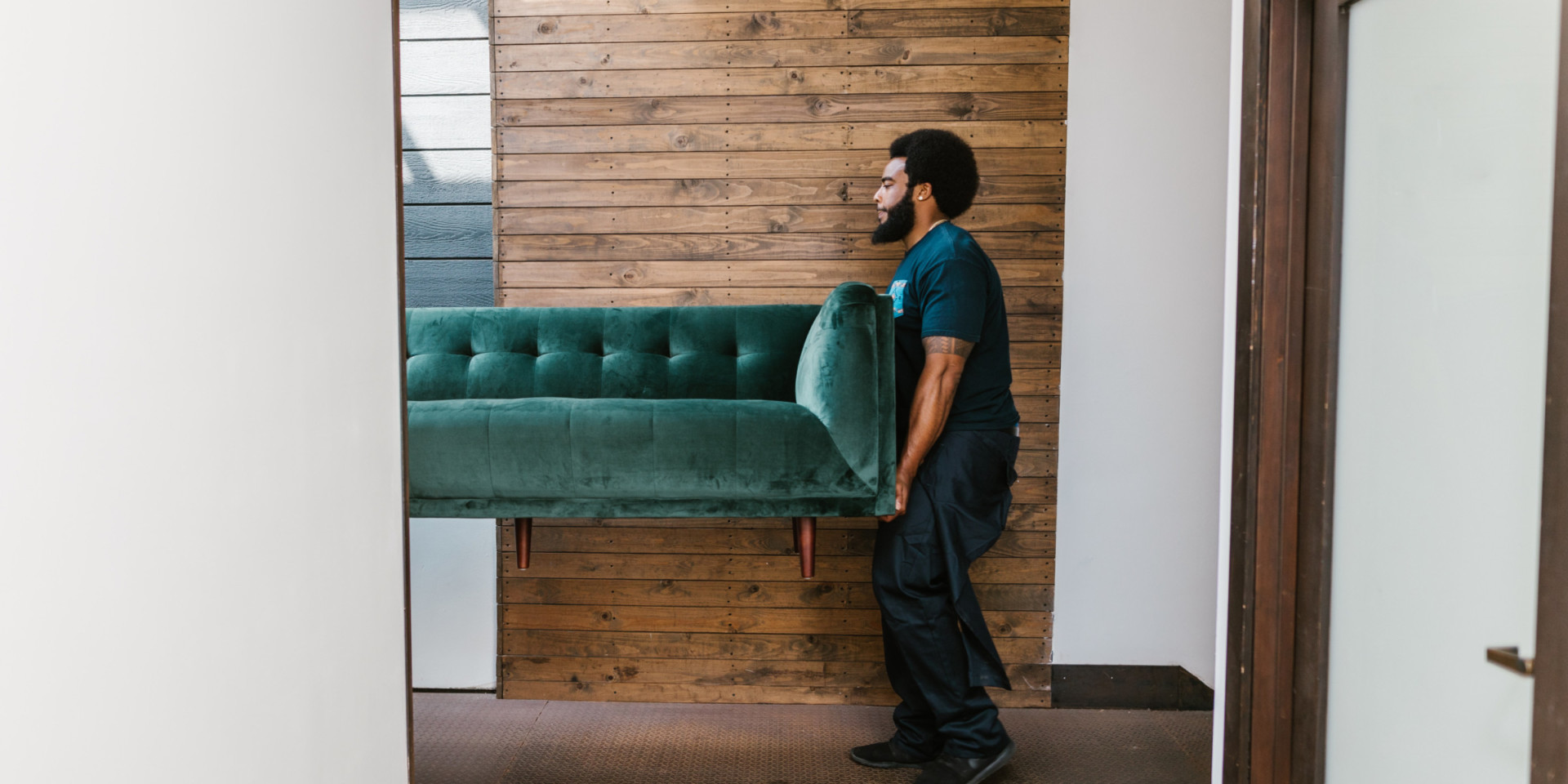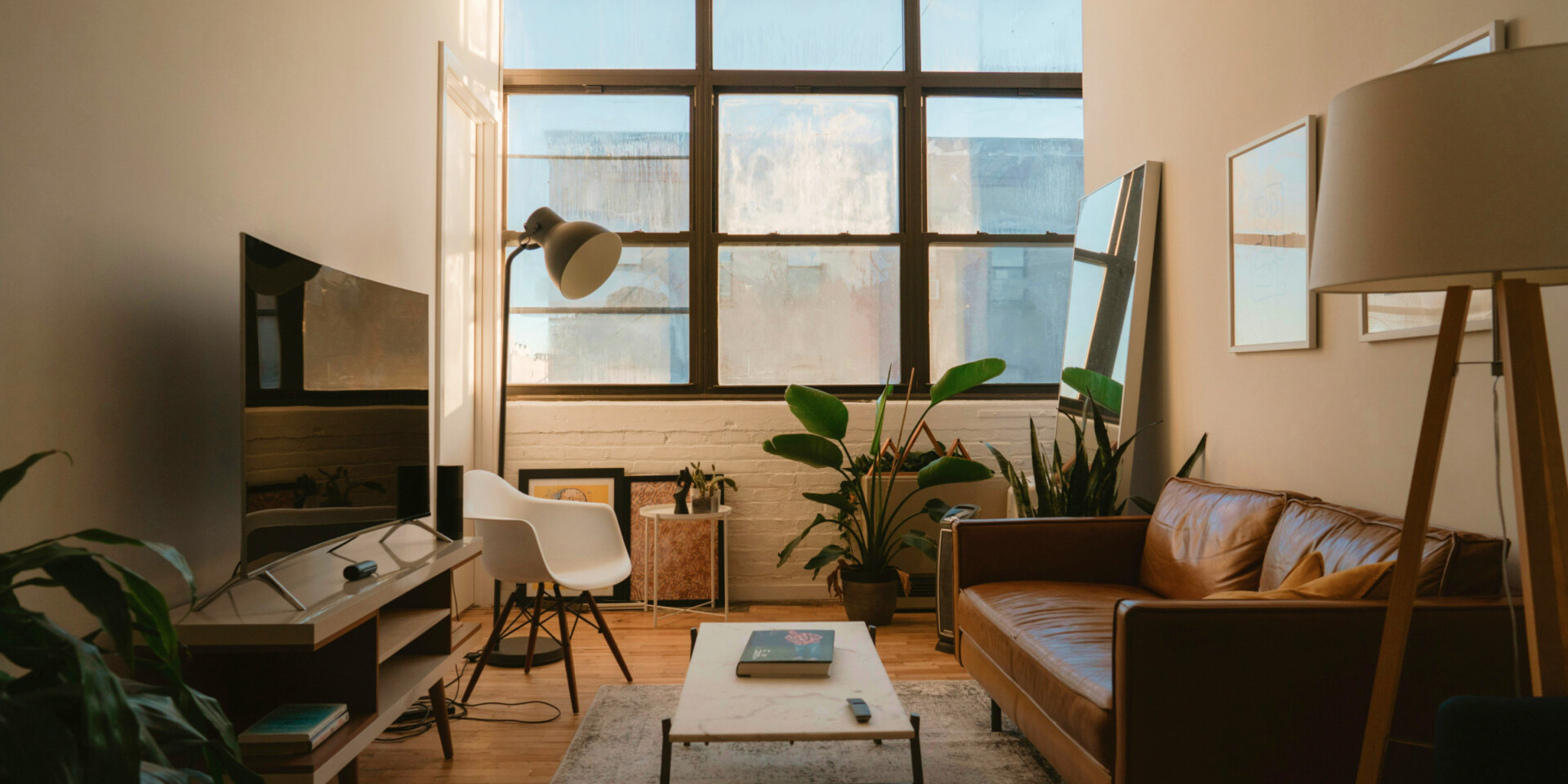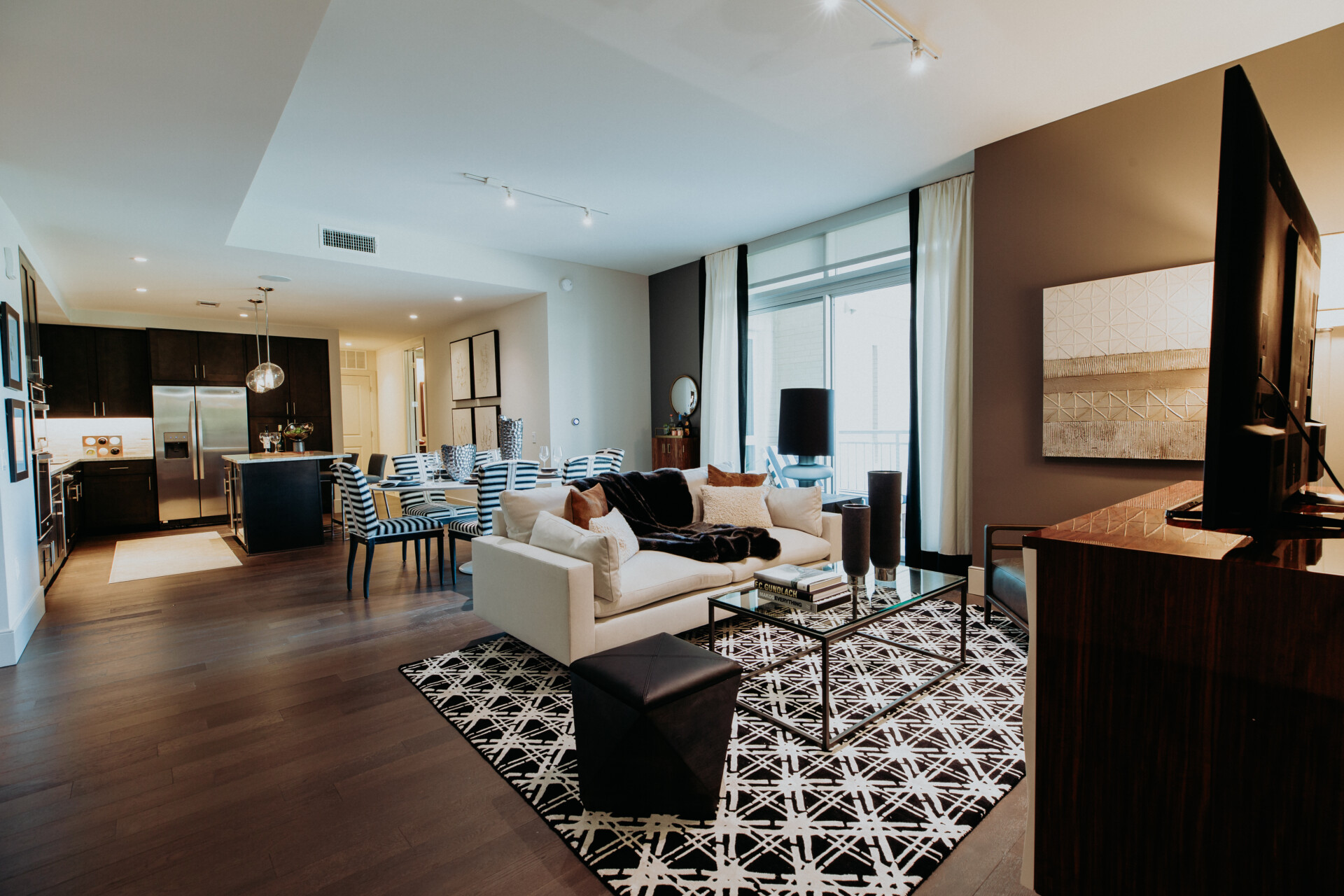Does Size Matter Most: Apartment Layout vs Square Footage
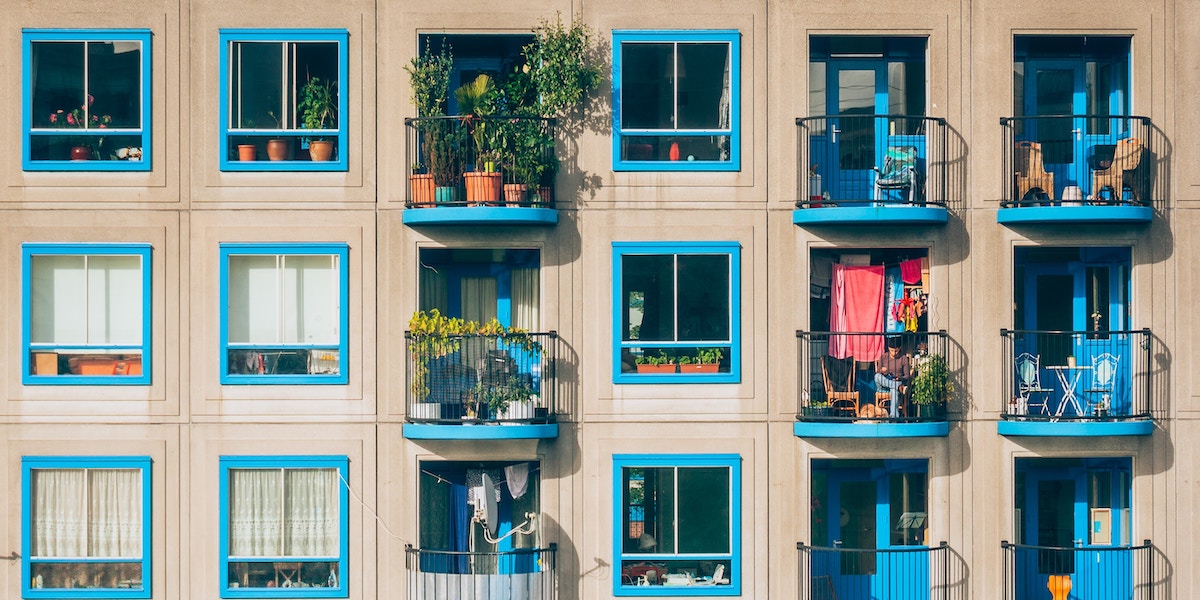
When a client gets set up with a Smart City agent and starts talking about wants and needs, they list all types of things: the number of bedrooms they want, what level of the building they prefer to be on, their price range, whether or not they’re bringing a pet; it all varies from person-to-person. However, one thing that’s discussed (almost) every time, is the desired square footage most new clients already have in mind for there next apartment.
We don’t know about you, but prior to doing this for a living and seeing nearly every apartment known to mankind, we had no context as to what size certain square footage actually was! Fast forward to what we know now as apartment locating pros, we would argue that it’s actually the apartment layouts, also referred to as ‘floor plans,’ that hold the most value when it comes to space, not just the number of square feet.
Here’s what we mean…
Dead Space vs Efficient Space
In every floor plan, there will be dead space and efficient space. Dead space in a floor plan can sometimes look like extra-wide hallways, entryway foyers or acute, deep-cut corners only a family of mice could inhabit. The key to identifying dead space in a floor plan is to picture what you’d want to fit in that specific area of open space. Take a look at the floor plan below:
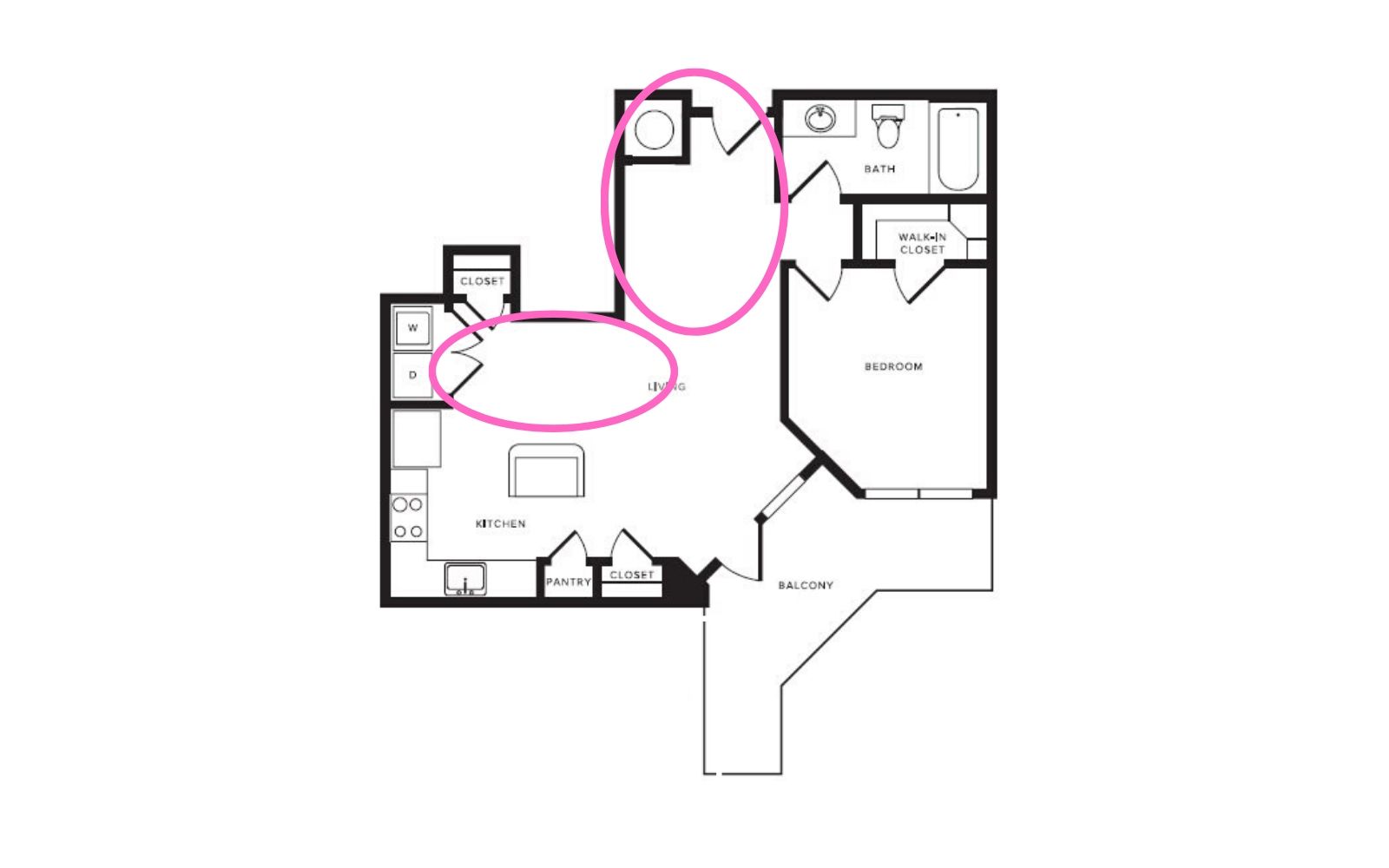
At first glance, you see a very open floor plan, which is accurate – it is open, and it’s spacious. But when you take a closer look, there are a few spots that become somewhat problematic in terms of the furniture you might be looking to introduce to the space. At the entryway (top pink circle), for example, while the space there is open and flows seamlessly into the living area, it’d be hard to fit anything outside of a mudroom setup without being pressed for space. It’s too wide to be a hallway, but not large enough to be useful space.
Adding something like a dining table, even a smaller, four-seater option, would cut off the flow of the floor plan. It’d also be difficult to fit a table or shelving unit behind bar stools at the kitchen island (left pink circle). Point being, if a floor plan doesn’t allow you to get 100% use out of the designated spaces within it, it’s not an efficient use of square footage, no matter how much of it you have.
Here’s an example of a more efficient floor plan:
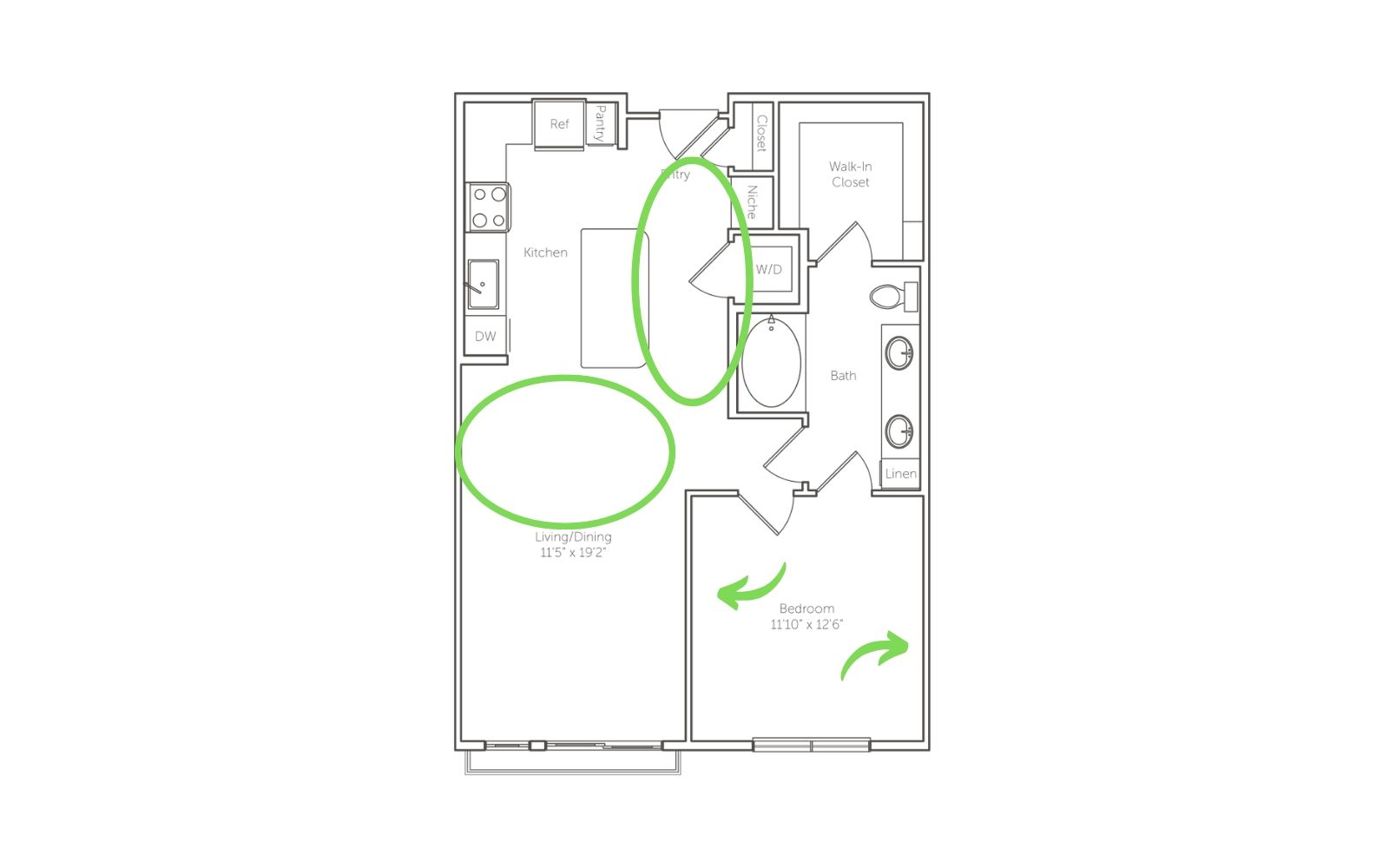
The entry places you directly in the kitchen, giving you the option to either enter toward the sink and island area, or to maneuver past the island and into the dining or living space (top green oval). You’ll notice that since the dining and living space is one large rectangular area sandwiched between two fully-usable walls (vertical space is valuable, too), there are options to host full dining AND full living furniture arrangements (bottom green oval). With that area being as open and functional as it is, a renter can complete their vision for a living space without blocking the area in front of the juliet balcony so they can also get adequate use of that external feature. The bedroom also boasts two giant walls to position furniture on. No awkward nooks or overly-angular corners to try and cram things into, which is a plus!
SQFT vs Efficiently Used Space
Now that you’re a pro at identifying “dead” and “efficient” space within a floor plan, we can move onto the most common comparison we discuss with our clients- square footage versus efficient space.
A lot of times, clients start their apartment searching journey married to a certain number of square feet they want. Sometimes they have a need for that exact amount of space, but most of the time they’re actually looking for enough space to fit their furniture and/or be able to host guests. Less square footage, when laid out correctly, can actually be more valuable than larger units on the market! We’ll show you:
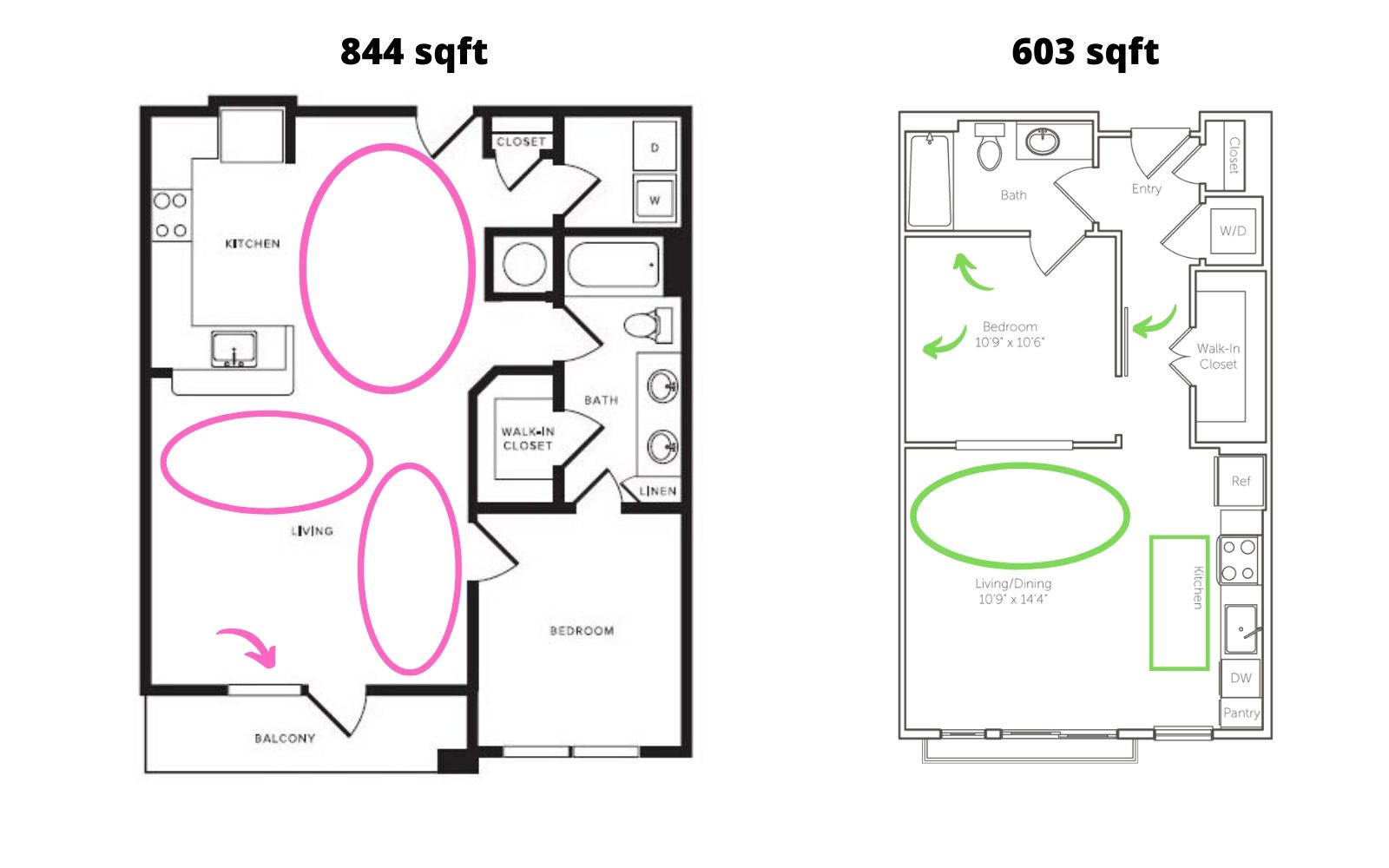
Here, we compared an 844sqft unit to a 603sqft unit. The pink circles and arrows within the 844sqft space represent areas that aren’t fully efficient. For example, the entry is an awkward size; aside from putting a mobile island in the area, you can’t really do much with it. It’s not big enough to host a set of dining furniture, but too big to only host an island. Then, in the living area, two of the walls are almost completely unusable because of the window near the balcony entrance, and the wall separation by the bedroom door. Mounting a television or any other living room assets would be difficult unless you used the one larger wall on the left side of the floor plan. In that case, you’d be very limited as to how you set up your living and dining areas without cutting off the flow of the space from the entry into the other common areas.
Now, take a look at the 603 square foot unit. When property developers incorporate things like sliding barn doors and horizontal kitchen layouts, they create an opportunity to make spaces a little more versatile. AS a soft loft, the bedroom does not have any windows, but there’s a cutout in the wall facing the common areas for light to flow in without interrupting wall space available for bedroom furniture. The horizontal kitchen allows for an inserted island, floating cutting station, or decent size dining table (the green rectangle). Then, the living area can flow into the kitchen space or be organized as its own standalone setup!
See what we mean? Sometimes less really is more when it comes to floor plans! Next time you’re looking for a new apartment, look past the number of square feet so that you can get the most out of your space.
Not all nooks, corners, and cut-outs are created equal
You might be thinking that nooks and crannies are bad, but they’re not; well, not all of them are, at least. Here’s a floor plan that, at first glance, you might think “This isn’t an effective use of space,” but it’s quite the opposite!
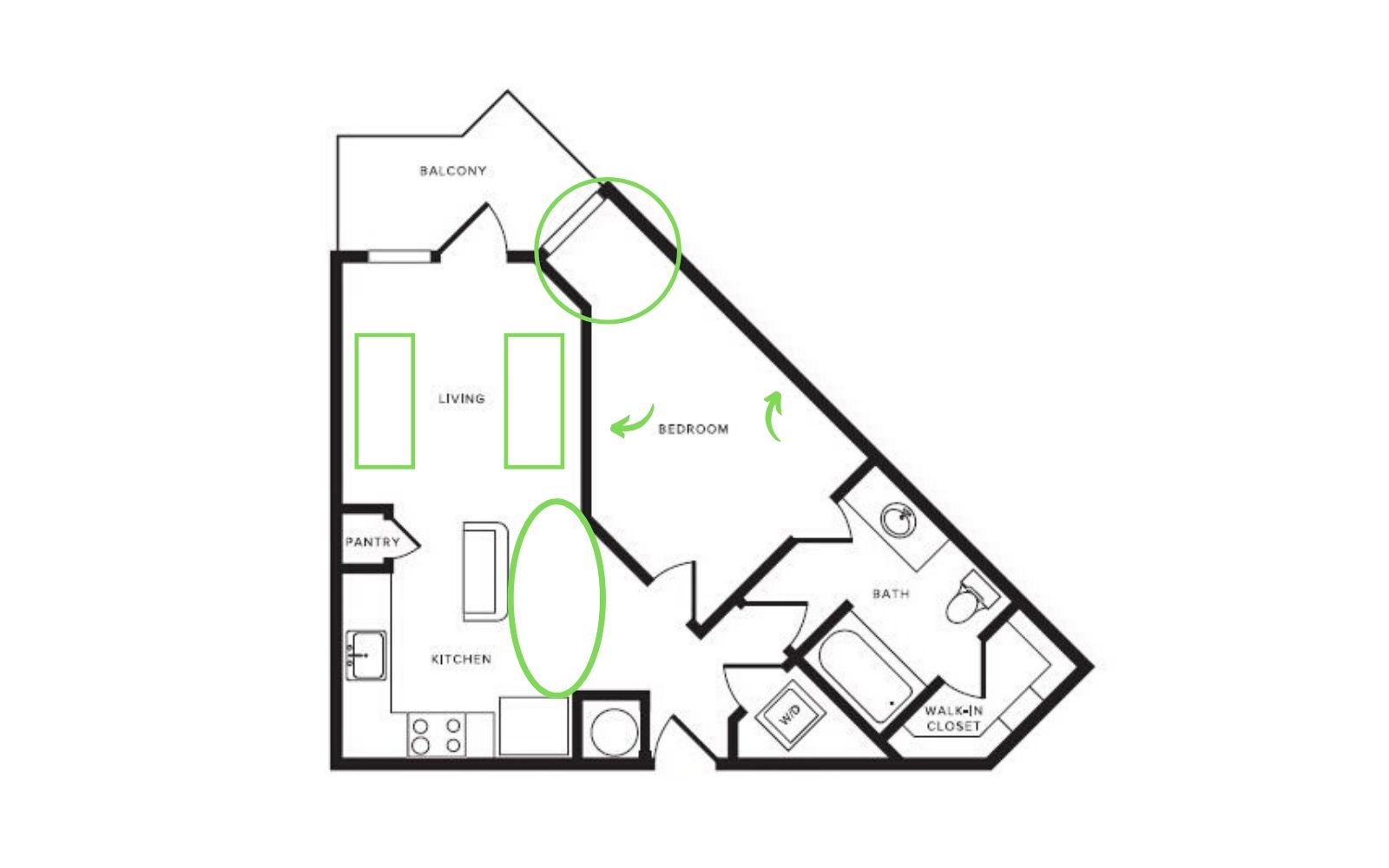
Those good ‘ol corner units – sometimes they’re the diamonds in the rough (like this one) and sometimes they offer up a bunch of awkwardly organized space. In this case, it offers up a bedroom nook that could be used to host a desk, vanity or dressing area, and provides excellent flow from the entry, through the kitchen and into what could easily be used as a shared living and dining space. The two large walls on either side of this space help create a subspace in the left corner near the balcony that could be used as a reading nook or area for your pet without throwing a wrench in the flow. Plus, the only deep-cut corner is located inside the utility room as opposed to being placed in the bedroom or main living area.
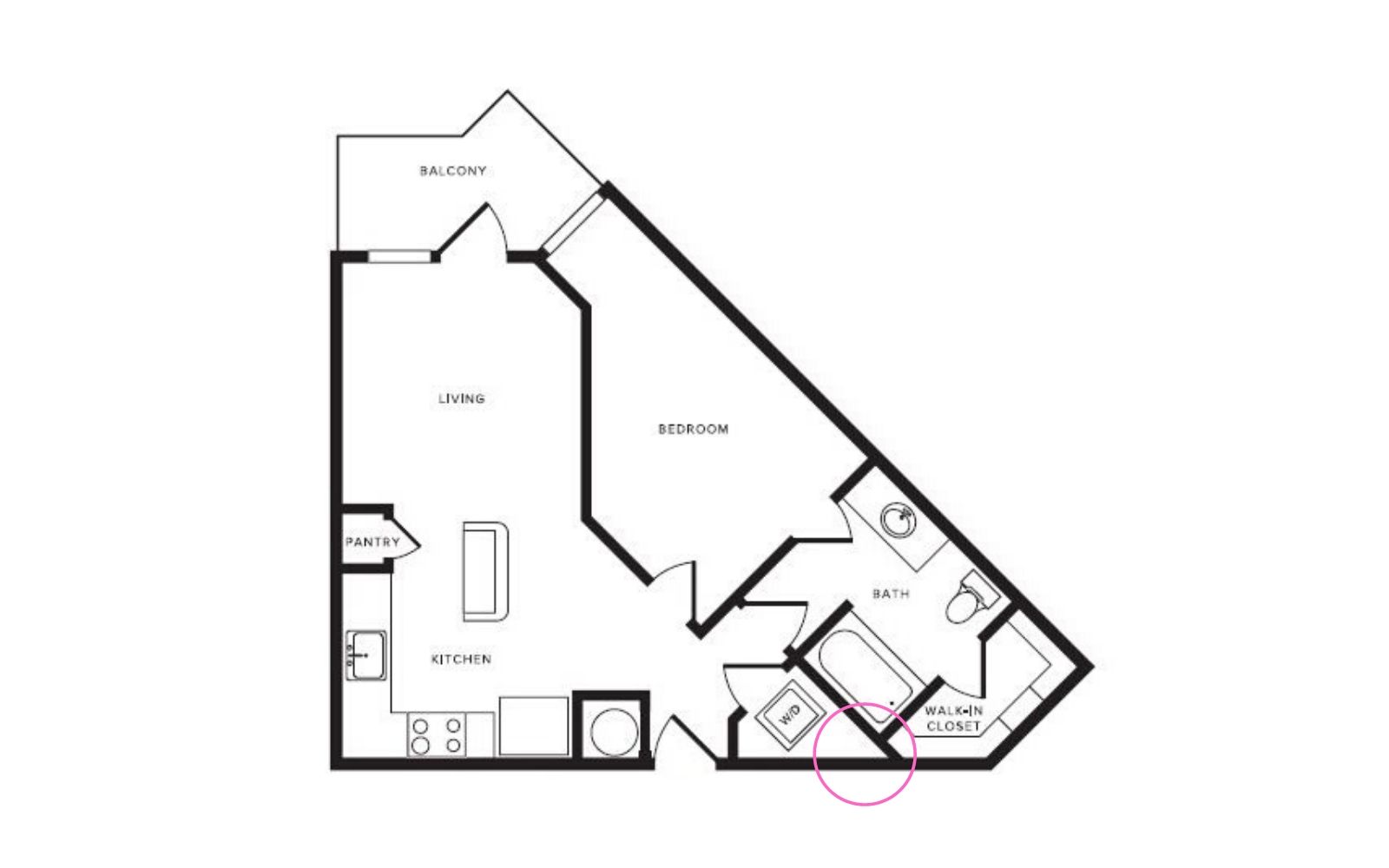
Hopefully, by now you feel equipped to look at a floor plan and see if that flow of square footage is what you’ll need. Our best advice – forget about the number! Instead, look at how space is being used and if it’ll be effective or not in hosting the furniture you want to buy or bring with you.
Check out our “Leases Not Listings” pages in Houston, Dallas, and Austin to see units we helped clients lease recently!
